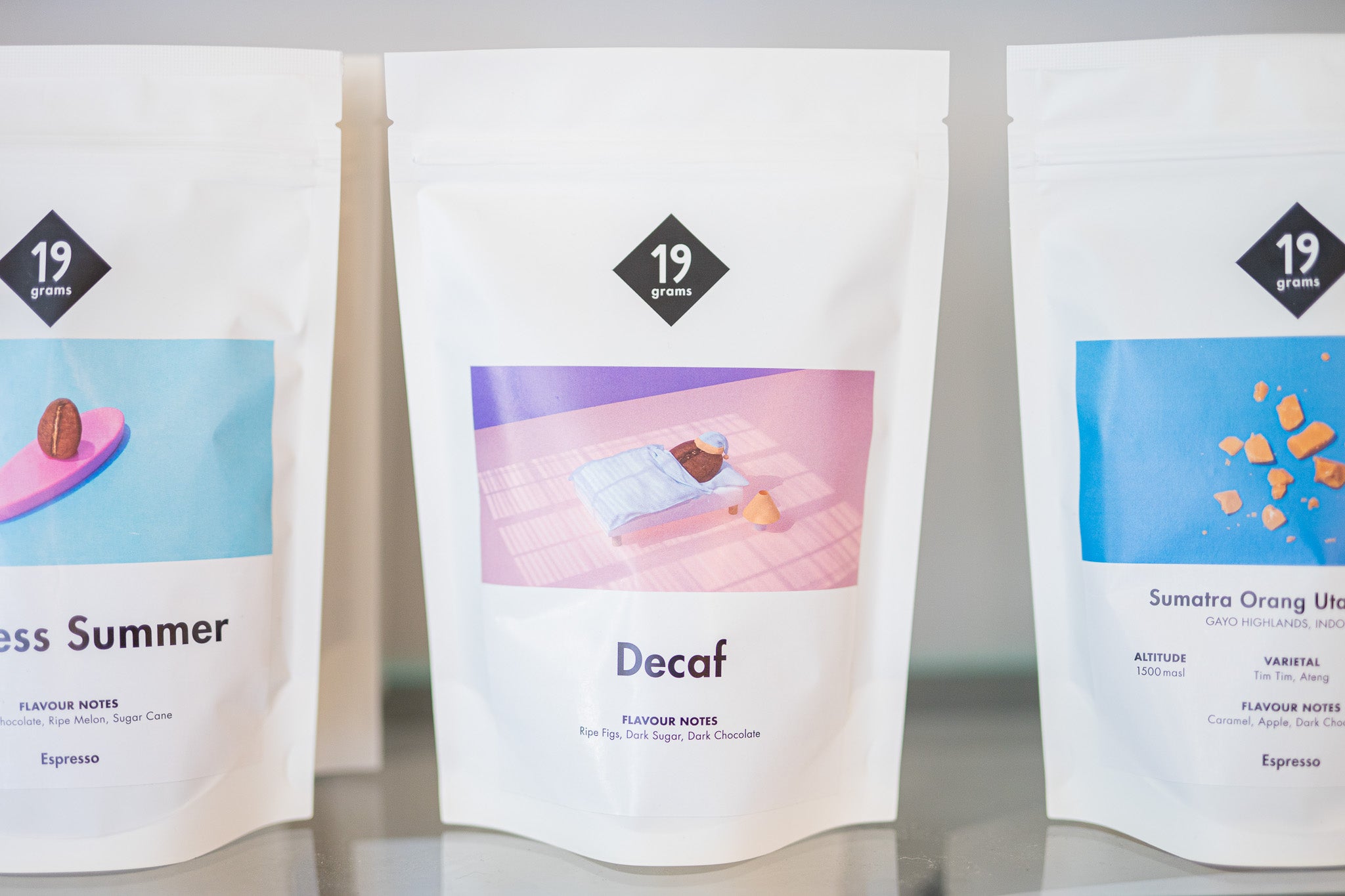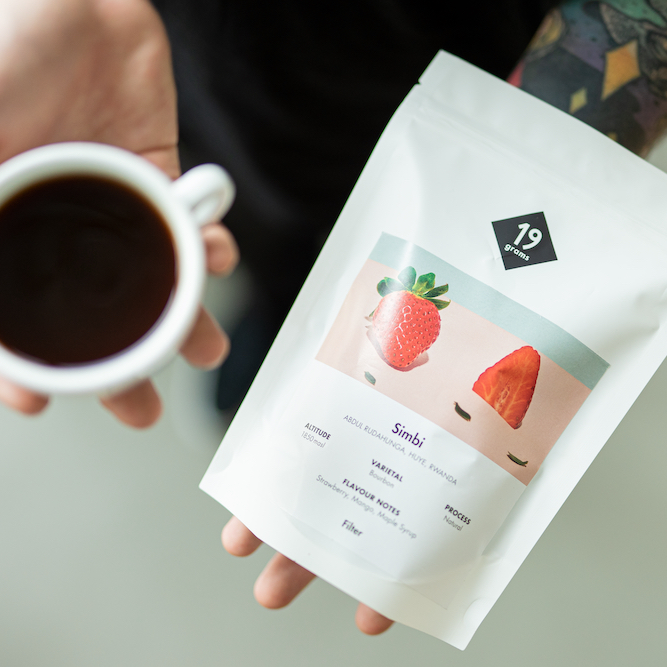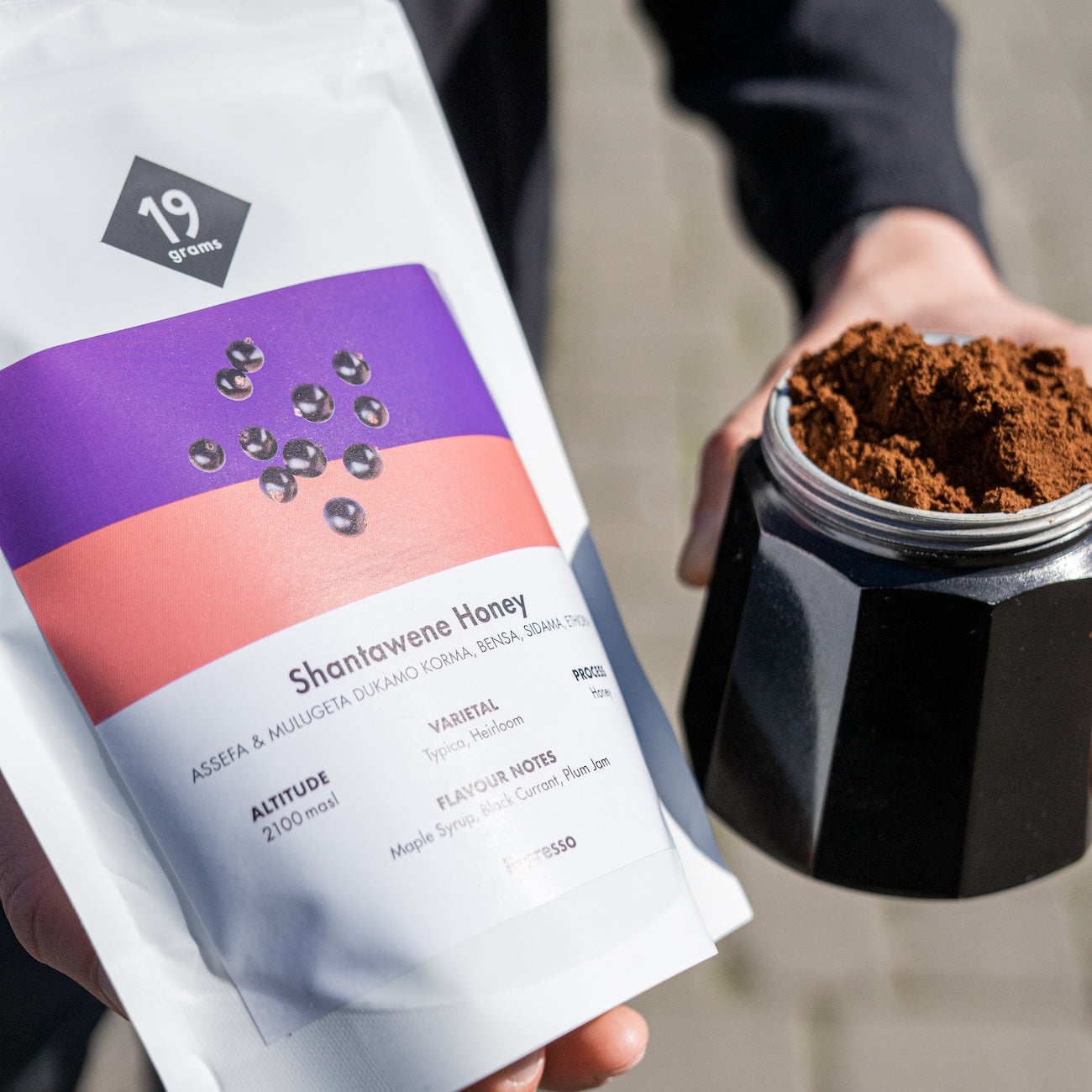Decaffeination is the process by which coffee beans are partially or almost completely freed from the caffeine they contain. There are various decaffeination processes that are carried out on the green, unroasted coffee beans. Since caffeine is responsible for the stimulating effect of coffee, coffee drinkers appreciate decaffeinated coffee as an alternative for the evening. People who are sensitive to caffeine can enjoy the taste of coffee without suffering from sleep disturbances through decaffeination.
A common decaffeination process uses solvents: the green coffee is steamed or pre-treated with water to make the surface of the beans permeable to the caffeine. A solvent then dissolves the caffeine from the coffee beans and binds it. Once the solvent is saturated with caffeine, it is separated from the coffee and the caffeine is removed. This process is repeated until almost all the caffeine is removed from the beans. An alternative method, considered gentler, rinses the coffee beans with supercritical CO2. After decaffeination, the coffee is dried, roasted and further processed.
Although decaffeinated coffee is not completely free of caffeine, it contains only a very small amount. To be considered decaffeinated coffee, it must contain no more than 0.1% residual caffeine in the EU. In general, decaffeinated coffee is neither healthier nor unhealthier than regular coffee. However, the tolerance of decaffeinated coffee can vary depending on the process used. For example, some processes use dichloromethane as a solvent, which can be potentially harmful to health. However, strict limits apply to the decaffeinated coffee to avoid this. Other decaffeination methods, however, are safe and can even make the coffee more digestible.






